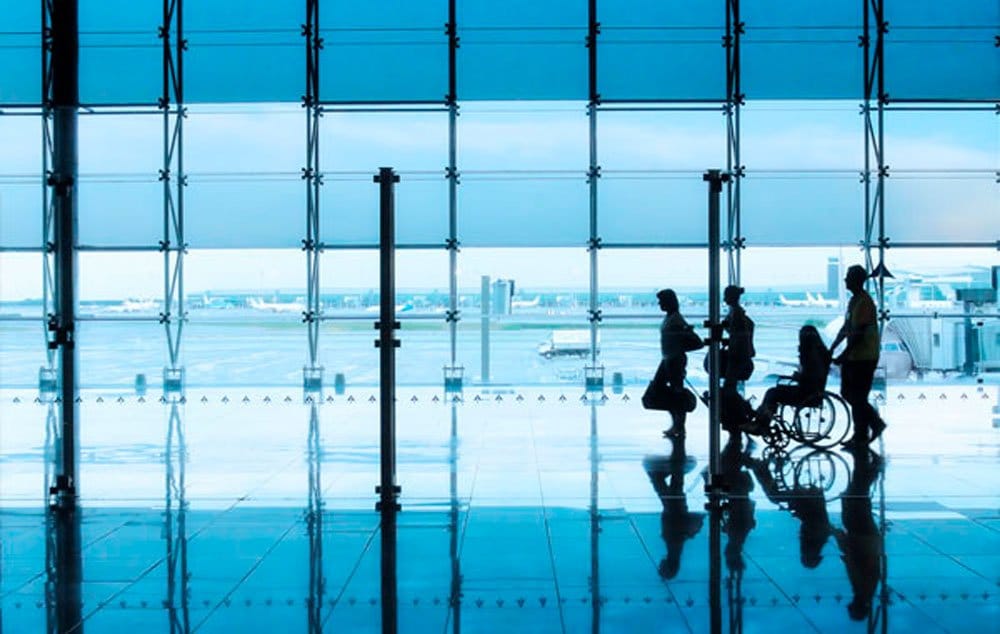Around one in five people have a disability and around 88% of people with a disability take a holiday each year and around 12% of the European market is dedicated to people with disabilities.
In the UK long term illness accounts for 50% of disability travellers; 26% are deaf or have partial hearing loss; 23% have mobility impairment; 7% are blind or partially sighted; 6% are mobility impaired; 5% have learning difficulties.
The Open Doors Organisation in the US estimates that $17.3 billion is spent by adults with disabilities on travel each year but perceptions of accessible travel may be outdated.
While some travellers may have disabilities, their passion for travel is undiminished, study by market research firm MyTravelResearch found.
“The one thing in common with them all is that they don’t want to stop travelling,” says Bronwyn White co-founder of MyTravelResearch.com and author of the report. “They recognise, however, that the way that they travel may need to incrementally change as they age.”
People with disabilities are generally tech savvy with over 58% using mobile devices to support their travel needs.
Cruising is becoming more popular for people with disabilities. In the past five years, 10% of adults with disabilities in the US have taken a cruise, amounting to almost four million travellers taking seven million trips, generating $11 billion in spending on fares and $1.5 billion on excursions.
VisitBritain says there are three aspects that all businesses need to address to provide access for all:
- Information and marketing – providing detailed information on the accessibility of facilities and services, making this information easy to find.
• Customer service and training – being disability aware with the right attitude and confidence to serve all customers
• Physical facilities – making reasonable adjustments to buildings and facilities so that there are ways for everyone to enter and move around.
Source: Travel Weekly



